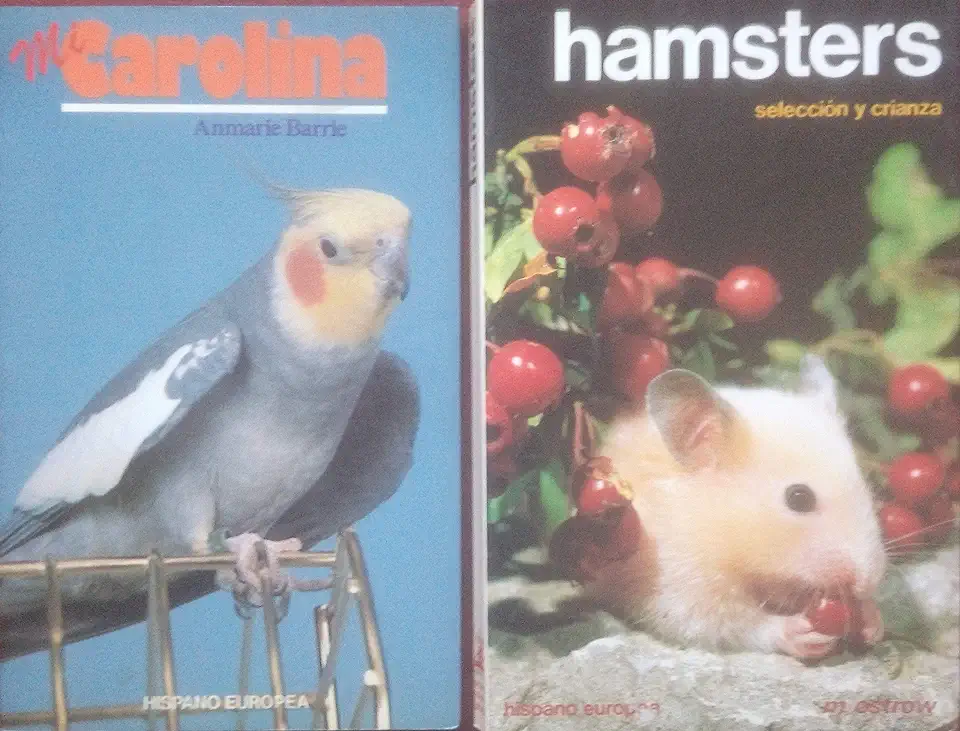
Hamsters Selection and Breeding - M. Ostrow
Hamsters Selection and Breeding by M. Ostrow: A Comprehensive Guide to Hamster Care and Breeding
Introduction
Hamsters are small, furry rodents that make great pets for people of all ages. They are relatively easy to care for and can provide hours of entertainment. If you are thinking about getting a hamster, or if you already have one and want to learn more about how to care for it, then this book is for you.
Hamster Selection
The first step in owning a hamster is selecting the right one. There are many different breeds of hamsters, each with its own unique personality and appearance. Some of the most popular breeds include:
- Syrian hamsters: These are the largest breed of hamster, and they are known for their gentle and docile nature.
- Dwarf hamsters: These are smaller than Syrian hamsters, and they are more active and playful.
- Roborovski hamsters: These are the smallest breed of hamster, and they are known for their speed and agility.
When selecting a hamster, it is important to consider your lifestyle and personality. If you are looking for a calm and cuddly pet, then a Syrian hamster may be a good choice. If you are looking for a more active and playful pet, then a dwarf hamster or a Roborovski hamster may be a better option.
Hamster Care
Hamsters are relatively easy to care for, but there are a few things you need to know to keep them healthy and happy.
- Diet: Hamsters are omnivores, and they need a diet that includes a variety of foods. Some of the best foods for hamsters include:
- Fresh vegetables, such as carrots, broccoli, and spinach
- Fresh fruits, such as apples, bananas, and grapes
- Hamster pellets
- Seeds
- Nuts
- Water: Hamsters need access to fresh water at all times.
- Housing: Hamsters need a cage that is large enough for them to move around comfortably. The cage should also have a variety of toys and accessories, such as a wheel, a hideout, and a water bottle.
- Temperature: Hamsters are sensitive to temperature changes, and they should be kept in a room that is between 65 and 75 degrees Fahrenheit.
- Humidity: Hamsters also need a humid environment, and they should be kept in a room with a humidity level of around 50%.
Hamster Breeding
If you are interested in breeding hamsters, there are a few things you need to know.
- Breeding pairs: Hamsters are solitary animals, and they should only be paired for breeding purposes.
- Age: Hamsters should be at least 4 months old before they are bred.
- Health: Hamsters should be healthy and free of any diseases before they are bred.
- Gestation period: The gestation period for hamsters is about 16 days.
- Litter size: Hamsters typically give birth to a litter of 4-8 babies.
- Weaning: Hamster babies should be weaned from their mother at about 4 weeks of age.
Conclusion
Hamsters are great pets for people of all ages. They are relatively easy to care for and can provide hours of entertainment. If you are thinking about getting a hamster, or if you already have one and want to learn more about how to care for it, then this book is for you.
Enjoyed the summary? Discover all the details and take your reading to the next level — [click here to view the book on Amazon!]